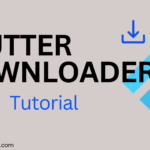-
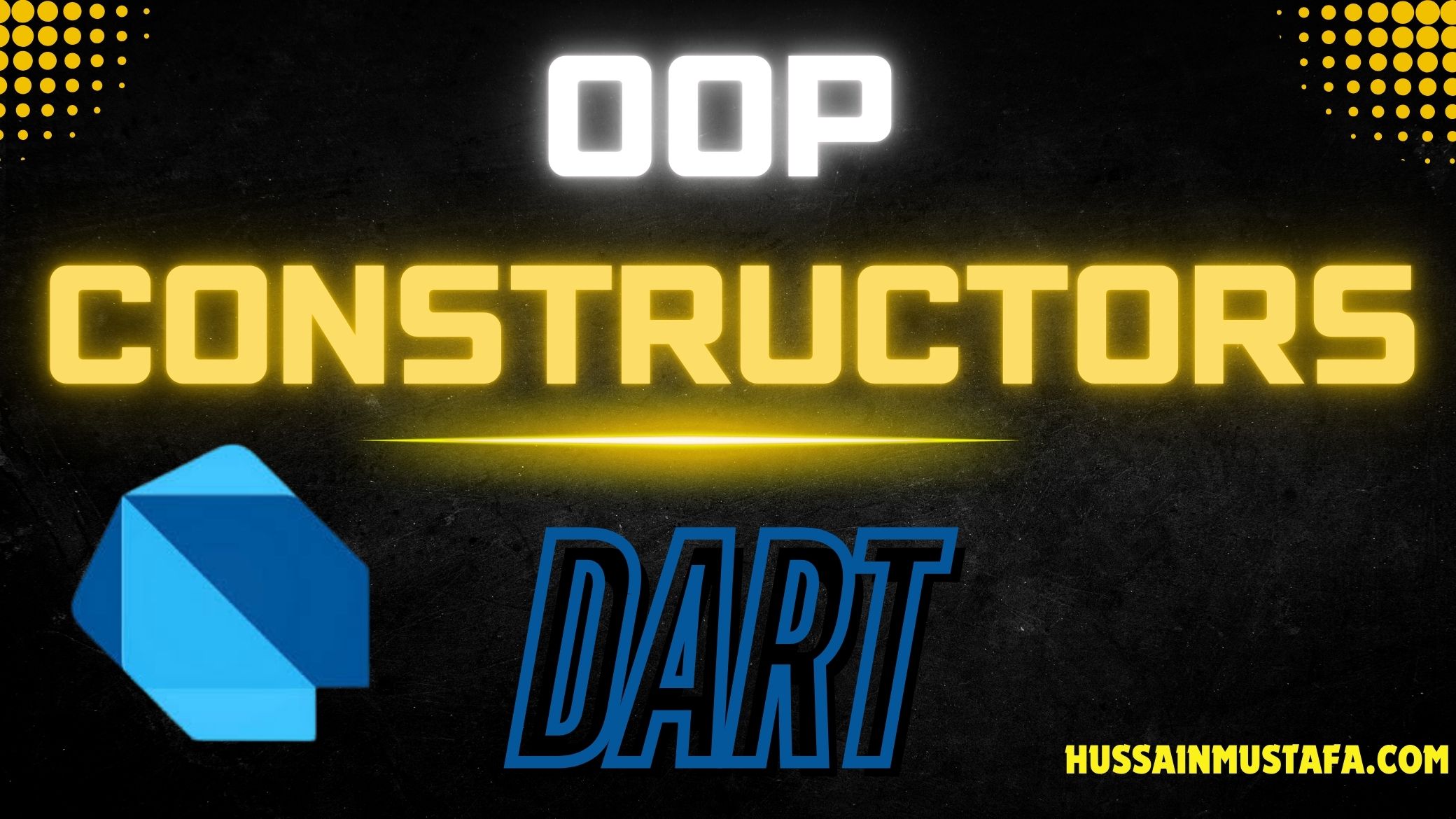
Intro To Constructors in Dart – Dart OOP Guide
Constructors are special methods in Dart that are used to create and initialize objects of a…
-
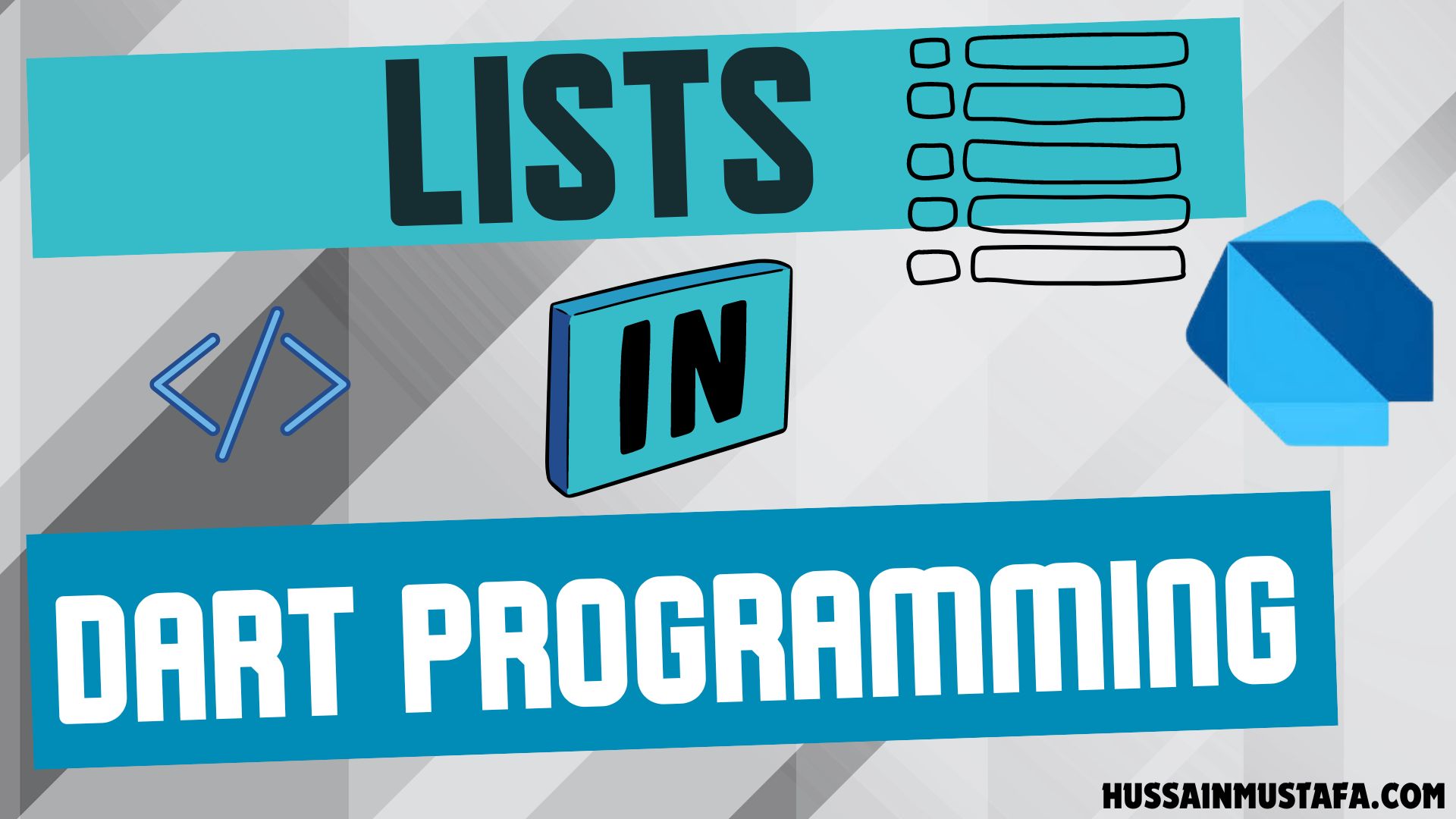
Intro To Lists In Dart – Dart Programming Lists Guide
In Dart, a List is an ordered collection of items, often referred to as an array…
-

Intro To Maps In Dart – Dart Programming Maps Guide
In Dart, a Map is a collection of key-value pairs, where each key is associated with…
-

Intro To Loops In Dart – Control Flow Dart Programming Guide
Loops are a fundamental concept in programming that allow you to repeat a block of code…
-
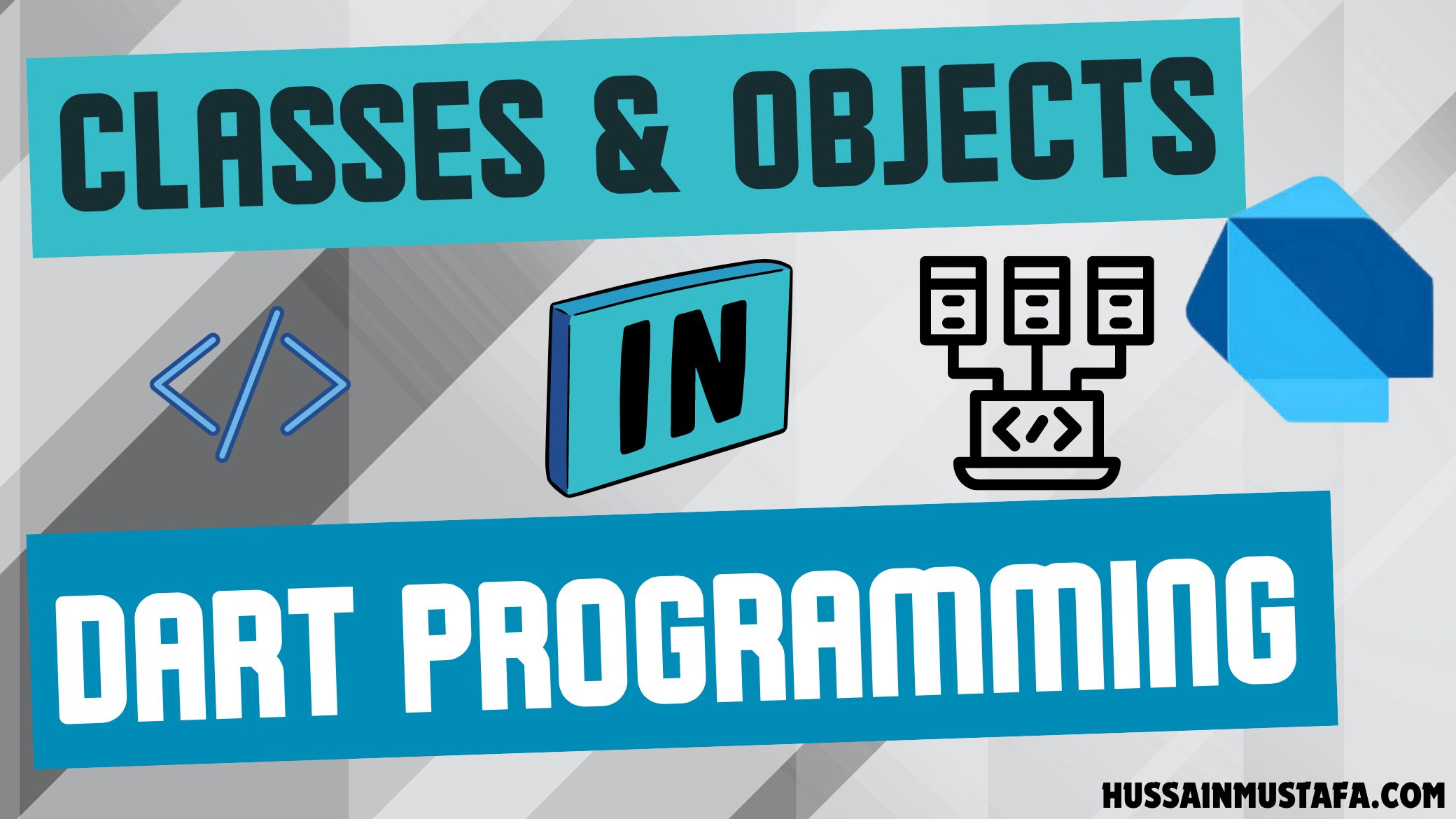
Intro To Classes & Objects In Dart – Dart OOP Guide
In Dart, classes and objects are fundamental concepts that drive object-oriented programming (OOP). A class acts…
-

Intro To Control Flow In Dart -Decision Making Dart Programming
Decision-making in Dart is crucial for controlling the flow of your program based on certain conditions.…
-
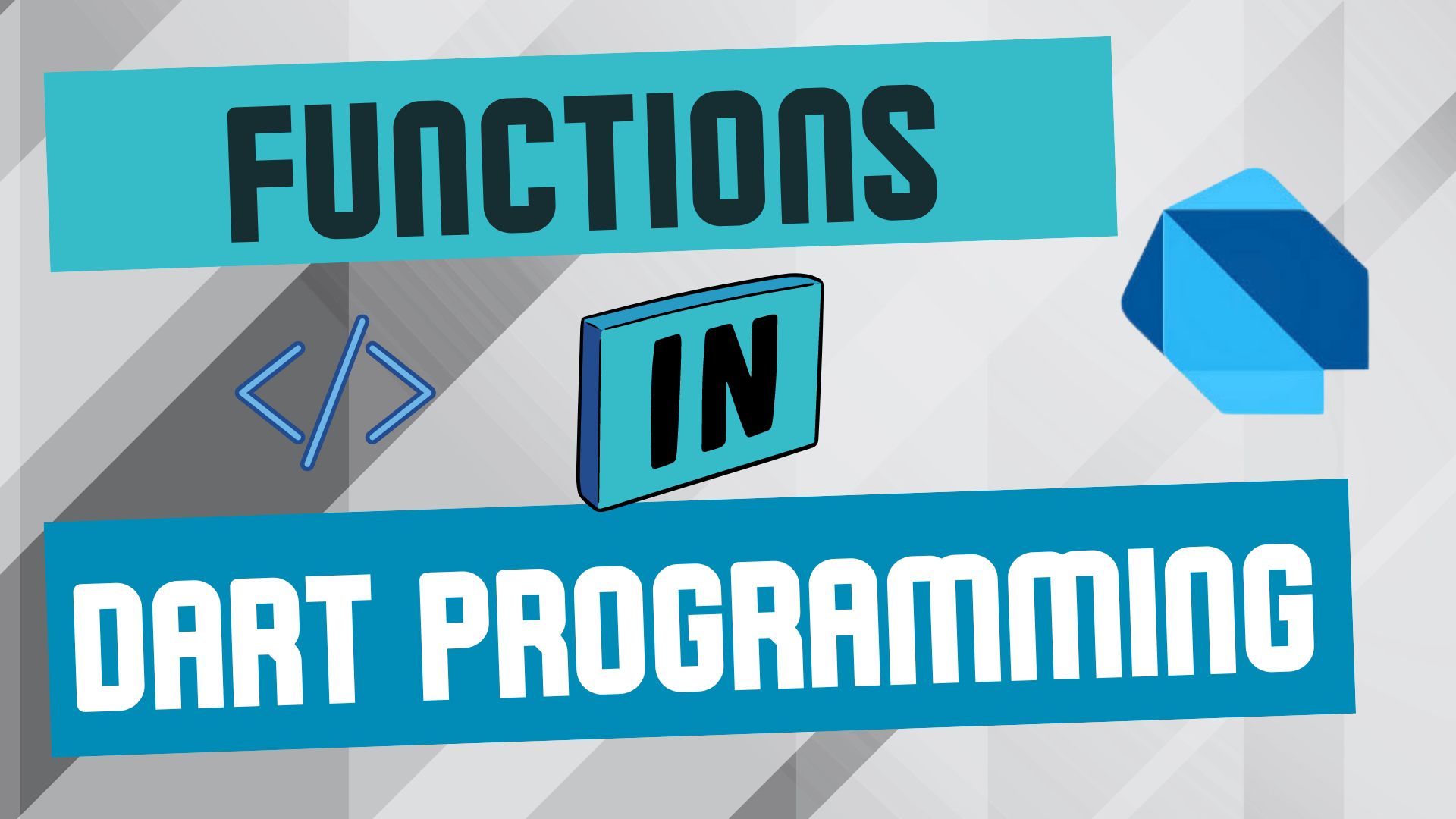
Intro To Functions In Dart – Functions Dart Programming Guide
Functions in Dart are blocks of code that perform specific tasks. They help in organizing code…
-

Intro To Data Types In Dart – Dart Programming Data Type Guide
In Dart, data types define the type of data that can be stored and manipulated within…
-
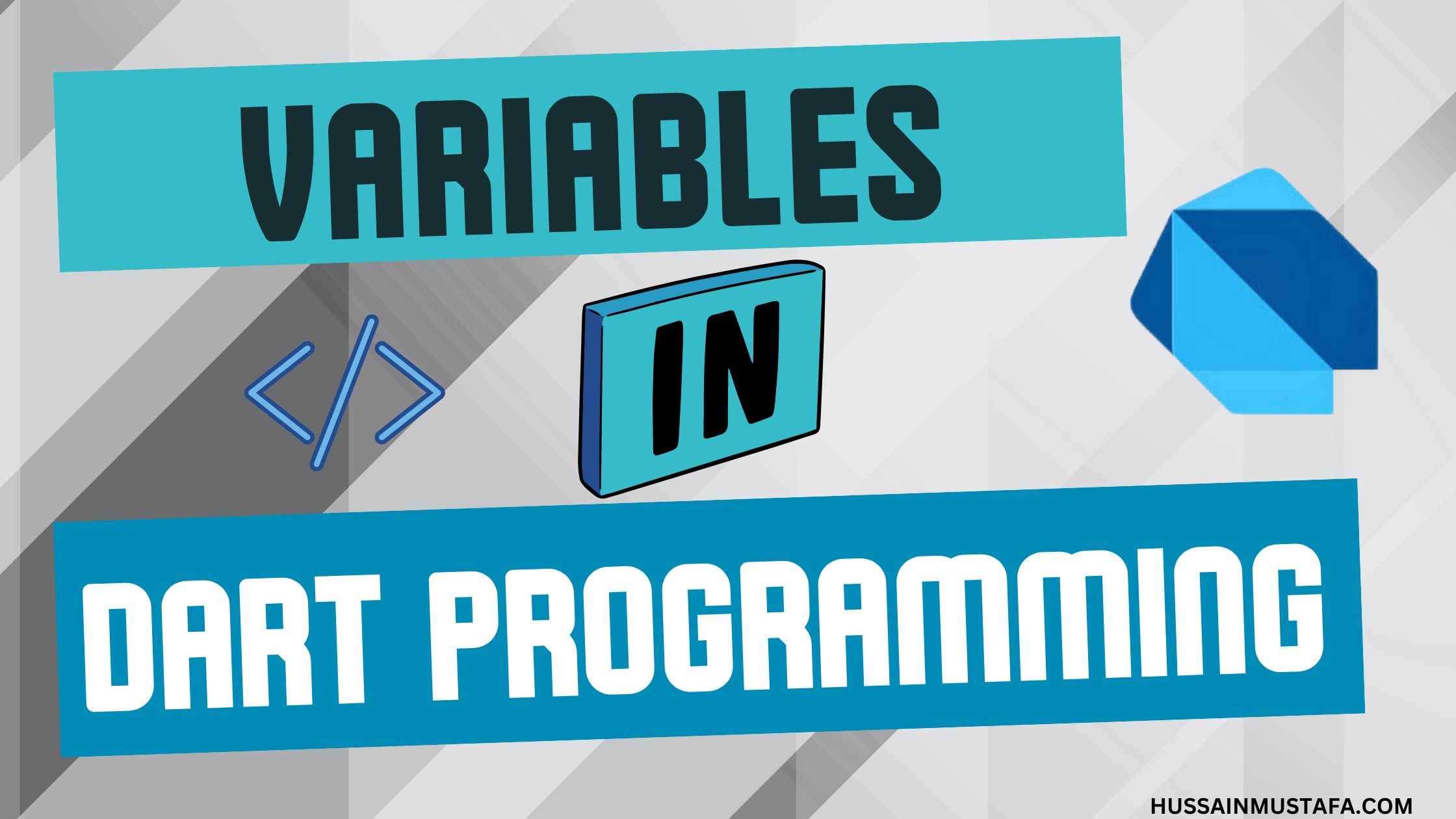
Variables In Dart Language – Dart Programming Variables Guide
In Dart, you store data in variables that you can reference and manipulate throughout your program.…
-
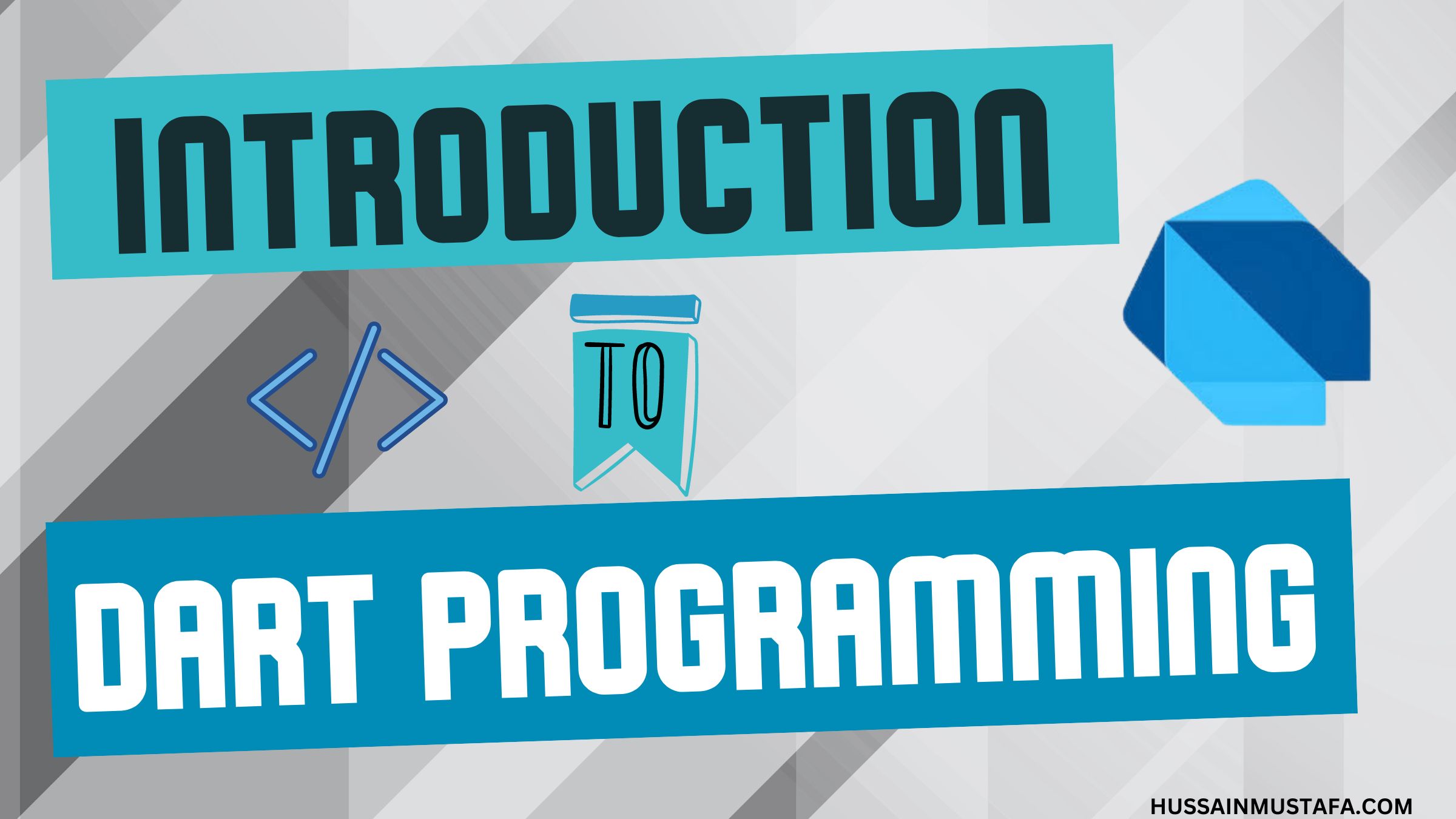
Dart Programming Introduction -Dart Language Fundamentals Guide
Dart is a versatile and powerful programming language primarily used for building mobile, desktop, server, and…
Hussain Mustafa
Software Developer, Content Creator



